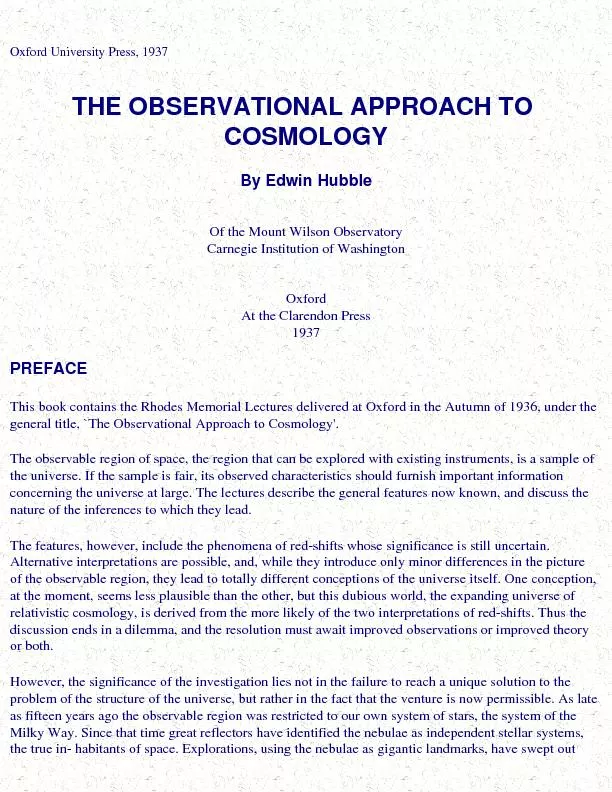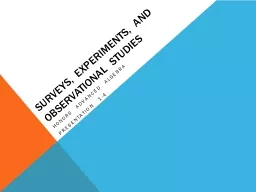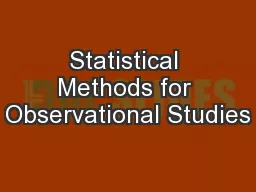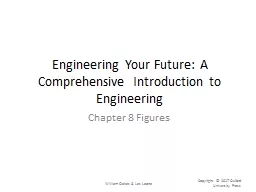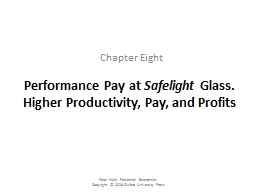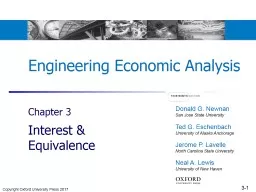PDF-Oxford University Press, 1937 THE OBSERVATIONAL APPROACH TO COSMOLOGYB
Author : danika-pritchard | Published Date : 2016-11-08
beyond the Milky Way to the very limits of existing telescopes The observable region our sample of the universe has been suddenly magnified a million million fold
Presentation Embed Code
Download Presentation
Download Presentation The PPT/PDF document "Oxford University Press, 1937 THE OBSERV..." is the property of its rightful owner. Permission is granted to download and print the materials on this website for personal, non-commercial use only, and to display it on your personal computer provided you do not modify the materials and that you retain all copyright notices contained in the materials. By downloading content from our website, you accept the terms of this agreement.
Oxford University Press, 1937 THE OBSERVATIONAL APPROACH TO COSMOLOGYB: Transcript
Download Rules Of Document
"Oxford University Press, 1937 THE OBSERVATIONAL APPROACH TO COSMOLOGYB"The content belongs to its owner. You may download and print it for personal use, without modification, and keep all copyright notices. By downloading, you agree to these terms.
Related Documents

